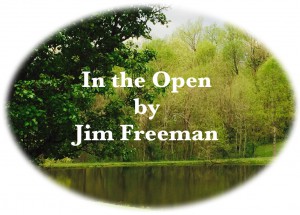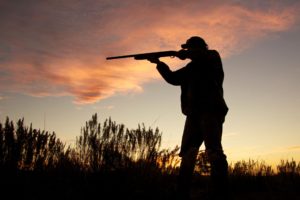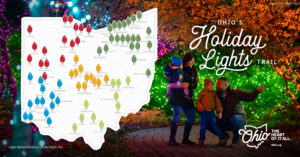Porcupines a prickly proposition

 One of the many animals extirpated from the Buckeye State in the 1800s and early 1900s was the porcupine, and it is one animal that you aren’t likely to run into around here anytime soon.
One of the many animals extirpated from the Buckeye State in the 1800s and early 1900s was the porcupine, and it is one animal that you aren’t likely to run into around here anytime soon.
Porcupines are usually associated with the northern woods, and for the most part you need to go to Michigan or New York to see one. However, I have seen some plausible trail camera photos that show what appears to be a porcupine, so perhaps they may be beginning to make an appearance. By plausible trail camera photos, I mean ones that actually look like they could have been taken around here, showing terrain, vegetation and trees that are commonly found in this region.
Also there have been verified porcupine sightings and photographs from northern Ohio, so there is really no reason to believe that they cannot, or have not, begun to stage a return to these parts. For the time being, they remain listed as extirpated.
The porcupine is the second largest rodent in North America after the beaver, and there is little way to confuse it with any other animal. The porcupine is immediately conspicuous with its bristly coat of quills – you will know it when you see it.
Baby porcupines are usually born in April or May, and come complete with their own quills which, mercifully for the mother, are soft upon birth and harden within minutes.
According to the Ohio Department of Natural Resources-Division of Wildlife, porcupines are usually found in forested and brushy areas, and can often be seen in trees, where they are more at home. They make their dens in hollow trees or caves.
They are herbivores and typically eat twigs and bark, and occasionally bugs.
Porcupines are large and slow, and have a reputation for being nearsighted, but with its coat of spiny quills it doesn’t need to be very fast. The quills are a type of hair, barbed so they go in easily but are hard to remove, and contrary to popular belief porcupines don’t “shoot” their quills.
Although porcupines are relatively passive animals, and would much rather climb a tree to escape conflict, any dog that is unwise enough to tangle with one on the ground will quickly learn that peaceful and harmless doesn’t equal helpless. A persistent dog can be horribly injured by a porcupine. On the other hand, even the prickliest porcupine doesn’t stand a chance against an automobile or a bullet.
We have been told that there are three types of people in this world: sheep, wolves, and sheepdogs (or victims, exploiters, and protectors). To that list I would propose adding yet a fourth group: porcupines – people that just want to be left alone and will mess you up if you mess with them.
The porcupine is also the mascot animal of the U.S. Libertarian Party, which uses a stylized red, white and blue porcupine in much the same manner as the Democratic Donkey or Republican Elephant, occasionally with the words “Don’t tread on me,” or “Don’t tread on anybody.”
My only experience with porcupines was in 1990 at Fort Drum, NY when I was attending annual training with my Army Reserve unit.
We had seen a porcupine around the area, and then later that night, secured in my sleeping bag, I heard it snuffling and shuffling around nearby, and then later it actually climbed on top of me in my sleeping bag! I probably frightened it a lot more than it frightened me.
So whether or not these animals will become a more common sight in our area, no one can really say, but if you do see one try to get a picture – and make sure to leave it plenty of room.
Jim Freeman is the wildlife specialist for the Meigs Soil and Water Conservation District. He can be contacted weekdays at 740-992-4282.








